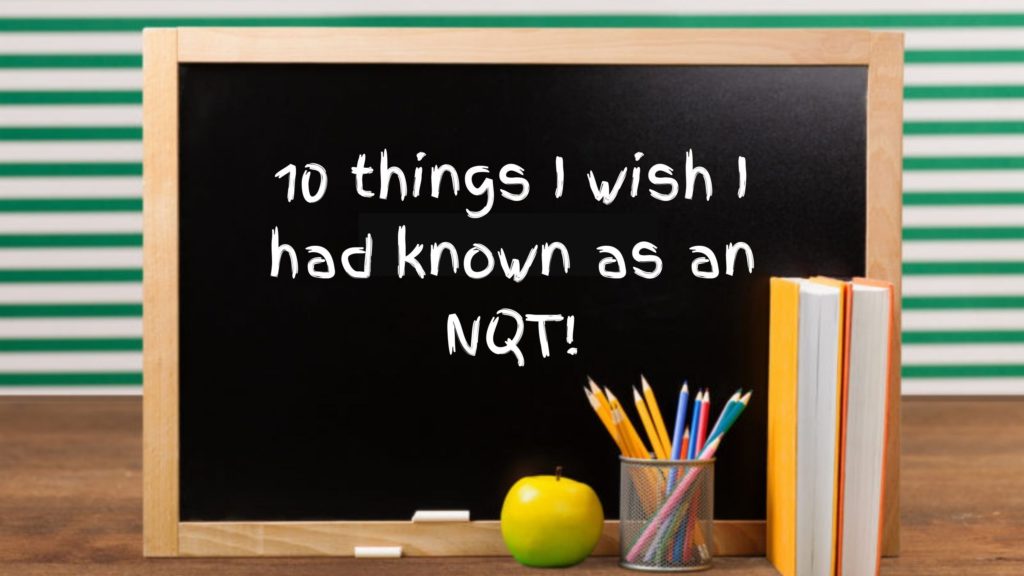Cultivating community in the classroom

Make the classroom an inclusive community for participation and discussion
When you think of a a classroom – or even a school as a whole- you traditionally think of a system of education, of learning and of leadership. The integration of traditional and nontraditional practices helps foster student relationships and retain student attention so that a positive climate for learning is established. So how do you achieve this? With a little old-school hospitality.
hospitality hɒspɪˈtalɪti/
noun 1. the friendly and generous reception and entertainment of guests, visitors, or strangers
Acknowledging the presence of each of your students will go a long way in earning you the respect you require and desire as their teacher, leader and mentor. As soon as you flip your way of approaching the classroom dynamics, the way you teach your students and the effectiveness of their learning will radically change.
Teaching is not only the work of educating, but also of welcoming. The art of hospitality and making your students feel welcome and safe in your classroom encourages civility and compassion in an inclusive curriculum.
An important switch to make when bringing hospitality into the classroom is to let your students know that what they bring to the classroom is just as important as the new experiences they will leave with.
- Open up and rethink your strategies to classroom discussion
Not all of your students are confident enough to raise their hands and answer a question. To ensure that everyone’s voice is contributing to the discussion and is heard, open up the way you engage your students. This could be through pair work, acting, journalling, drawing, classroom reading and chalk talk to name a few.
- Share the Classroom floor
As the teacher, your voice and direction is thought to take precedence over that of your students. For children that need encouragement, this can feel intimidating and daunting. To empower your students and show them that they too have a voice worth listening to, try and take a step back from your place of power and allow them to take the floor. A classroom should be filled with a range of voices, ideas and stories; not just your own. Not only does this sense of hospitality and safety to voice their thoughts enable better social learning and management inside your lesson, it encourages students to do the same outside of the classroom too.
- Develop routines and rhythms to encourage the sharing of stories
A classroom is filled with a variety of personalities, moods, friendships and needs. Often students – particularly those in secondary school – have their own established friendship circles outside of their classroom peers. The idea of sharing ideas and stories as a class will create a sense of community, fostering a connection between students and providing a welcoming and supportive space to share and care. A simple idea to cultivate this would be to start your lesson with a question. Gather your class in a circle so everyone can see one another and when your students have got their answers, kickstart a flowing cycle of throwing a ball around the circle. This simple exercise will give each student the opportunity to hold the ball, take control and deliver their answer.








Responses